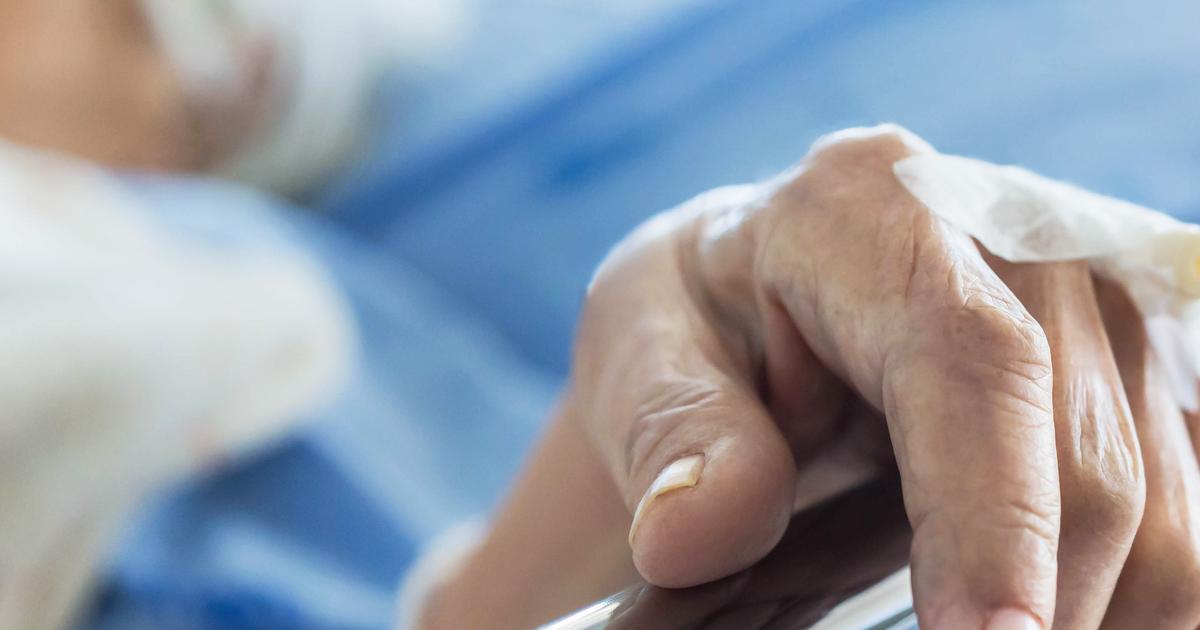Serious Symptoms Of Muscle Atrophy
Muscle atrophy is a condition in which an individual's muscle mass is decreased. In fact, the muscle may partially or completely waste away. Patients can develop this condition because of the aging process. It could also occur due to broken bones or spinal cord and nerve injuries. Burns, malnutrition, strokes, and long-term corticosteroid use place a patient at a higher risk for muscle atrophy as well. For some individuals, muscle atrophy may be a complication of an underlying medical condition, such as muscular dystrophy, neuropathy, polio, and amyotrophic lateral sclerosis. Patients may be asked to have blood tests, x-rays, CT scans, nerve conduction studies, and electromyography to diagnose muscle atrophy.
Thankfully, patients have options when it comes to treatment for muscle atrophy. Patients often receive physical therapy for muscle atrophy. Of course, muscle atrophy treatment varies depending on the underlying cause. When it is caused by malnutrition, doctors generally prescribe supplements for muscle atrophy. Muscle atrophy surgery may be suggested to correct the contracture deformities. The best treatment starts with understanding the symptoms. Learn about them now.
Reduced Muscle Mass

Reduced muscle mass is one of the most common symptoms that patients with muscle atrophy experience. Reductions in muscle mass contribute to limb weakness. Individuals with the condition may have one arm or leg noticeably smaller than the other. Doctors can perform a physical examination to check for reduced muscle mass. They will compare the size and strength of the muscles on one side of the body to the other. Suppose the reductions in muscle mass are caused by aging, inactivity, injury, or malnutrition. In that case, patients may be able to reverse the reduction by participating in physical therapy or starting an exercise program.
Keep reading for more information on the symptoms of muscle atrophy now.
Extended Period Of Inactivity

Not only does muscle atrophy tend to develop after an extended period of inactivity, but it can also be a strong indicator of the condition. For example, individuals who have recently had surgery may notice muscle atrophy if they are bedridden and unable to be physically active for weeks or months. Patients who have a cast to heal a broken bone can see their affected limb atrophy since the cast limits mobility in the area. Workers whose jobs involve long periods of sitting at a desk could also see some degree of muscle mass reduction. Individuals already dealing with muscle atrophy may not want to be active due to weakness. However, physical activity is key.
Patients scheduled for surgery should ask their healthcare team about incorporating physical therapy and activity into their recovery process to prevent muscle atrophy. They should aim to stand and walk as soon as possible after their operation. It can also be helpful to perform grip strengthening exercises with the hands, including squeezing exercises and writing. Individuals who have a broken bone may want to ask their orthopedist about ways they can safely move their affected limb while it is in a cast. Workers who sit for long periods may be able to prevent and treat muscle atrophy by taking a short walk or performing stretches every thirty minutes.
Continue reading to learn more about the symptoms of muscle atrophy now.
